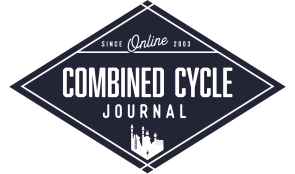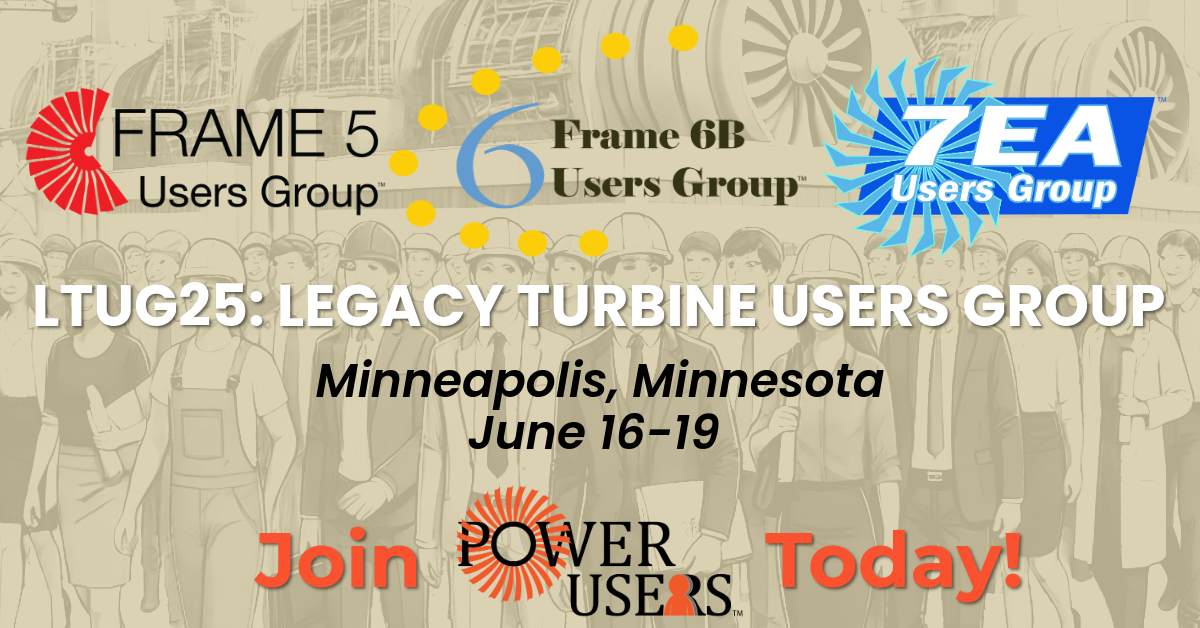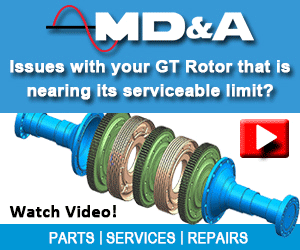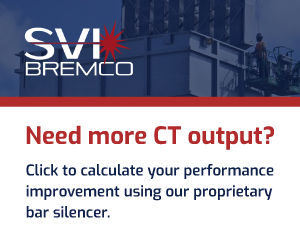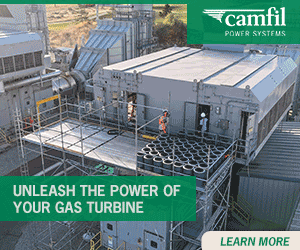The Legacy Turbine Users Group (LTUG), part of the Power Users suite of end-user networks, returns this June with its highly anticipated 2025 conference, gathering Frame 7EA, Frame 6B, and Frame 5 owner/operators, OEMs, and independent service providers for four days of collaborative learning, solution sharing, and fleet updates.
Held at the Hilton Minneapolis, June 16-19, this year’s event delivers a content-rich agenda designed to inform, engage, and equip attendees with actionable insights for improving performance, reliability, and lifecycle planning of their mature gas turbine assets. Access the latest conference details and registration page or head over to the Power Users website for more.
This year’s conference is structured around two parallel tracks—one dedicated to the Frame 7EA fleet and the other serving the Frame 6B and Frame 5 community. Each track features targeted technical sessions, roundtable discussions, OEM briefings, and valuable breakout tracks, with enhanced focus this year on outage execution, combustion upgrades, parts repair strategies, and digital solutions for operational efficiency.
2025 LTUG steering committees
7EA Users Group
Co-chair: Tracy Dreymala, EthosEnergy
Co-chair: Tony Ostlund, Puget Sound Energy
Dale Anderson, East Kentucky Power Coop
Matthew McCafferty, Golden Pass LNG
Shane Rouse, East Texas Electric Coop
Walt Steimel, Shell
Mike Vonallmen, Clarksdale Public Utilities
Lane Watson, FMFrame 6B Users Group
Chair: Michael Adix, Motiva Enterprises
Kevin Campbell, Chevron
Robert Chapman, Chevron
Jonathan LaGrone, Formosa Plastics
Brandon Nofio, Dairyland Power Coop
Matthew Pazanski, ExxonMobilAdvisors
Jeff Gillis
John F.D. Peterson
Zahi YouwakimFrame 5 Users Group
Chair: Shannon Lau, Syncrude
Ken Lance, Associated Electric Coop
Michael Maris, ExxonMobil
Day 1: Foundation and forward thinking
Kicking off with foundational courses, attendees can participate in the “GT Intro Short Course (101)” led by John F. D. Peterson, followed by his more advanced “Next Level Course (201),” ideal for those wanting a refresher or a deeper dive into gas turbine theory and maintenance.
These technical overviews are balanced with practical application sessions in the afternoon, including Integrity Power Solutions’ 2025 update on exhaust frame and aft diffuser R3 upgrades—an especially timely topic given rising concerns over exhaust frame reliability.
Safety takes center stage next with MD&A’s “Safety Differently” presentation, exploring proactive organizational learning models. Allied Power Group’s talk, “The Upgrade You Really Didn’t Need…” questions common assumptions about component enhancements, challenging users to align upgrades with real operational benefit.
Baker Hughes also takes the stage Monday afternoon, providing a comprehensive suite of presentations tailored to Frame 5 units. Topics include:
- FR51 product overview and power enhancement kit options
- Fleet updates and maintenance intervals
- Combustion system emissions controls
- Repair network capabilities at Houston service center
- Latest TILS and best practices
These sessions are critical for users evaluating upgrade options or needing guidance on emissions compliance and maintenance planning.
Day 2: A lot of meat and potatoes
For Frame 7EA users, key sessions from various solutions providers include:
- Interpreting borescope reports
- Value of independent outage oversight
- Compressor vane looseness
- Fuel flexibility and emissions technology
- Generator controls and lifecycle planning
For the Frame 6B users, GE Vernova, led by product line manager Erik Hilaski, starts the day with its fleet updates and leads into the following key topics:
- Core asset rejuvenation
- Rotor life extension strategies
- OEM component repair practices
The OEM afternoon breakout series allows attendees to tailor their learning with deep dives on topics like:
- HGP and combustion components
- Controls modernization
- Auxiliary systems and BOP end-of-life planning
- Mid-life asset rejuvenation
Meanwhile, the 7E afternoon general session delivers timely presentations from Voith on torque converter optimization, Doosan on parts durability, and AP4 Group on DLN tuning. MD&A’s discussion on 7EA lifetime extension caps the day with practical upgrade considerations.
The evening vendor fair features nearly 100 exhibitors and provides users with the chance to engage directly with solution providers in a relaxed networking environment.
Day 3: More roundtables, open dialogue
The third day dives into user experience and collaborative conversation for the Frame5/6B groups with sessions on inlet/compressor maintenance, flame scanners, exhaust systems, control system reliability, and the evolution of key repair methodologies.
In the afternoon, EthosEnergy presents on risk-based rotor life extension, while National Electric Coil provides insights on stator winding CTQ elements. A must-see PSM presentation on the evolution of the FlameSheet combustor is slated for an extended slot following the afternoon break.
On the 7EA side, a full day of GEV kicks off with product line manager Jay Bryant and team providing updates on:
- TILs and RCA learnings
- DLN1+ hydrogen combustion projects
- Asset rejuvenation and field service improvements
The fleet overview leads to specialty GEV-hosted breakout tracks that include:
- Peaker and cogen roundtables
- “Live Outage” support
- Combustion systems and 7E 101
- Generator and controls deep dives
The day concludes with the well-regarded “Ask GEV Anything” session—a candid Q&A where users can voice feedback, share concerns, and seek clarification directly from OEM representatives.
Day 4: Maintenance mastery and wrap-up
The final day keeps momentum with practical technical content. PSM returns to explore post-outage tuning and combustion optimization, followed by AGT Services’ in-depth “Generator Maintenance 101” workshop—spanning both AM sessions.
Roundtables cover generators, turbines, auxiliaries, and controls, fostering peer-to-peer dialogue and reflection. This day is especially helpful for site-level personnel seeking take-home maintenance tips and troubleshooting perspectives from fellow users.
Why you should attend
The LTUG 2025 Conference is more than a meeting—it’s a collaborative forum where legacy fleet owners come together to strengthen operations and influence the future of support for aging gas turbines. With OEM participation from both GEV and B-H, alongside expert voices from MD&A, Doosan, PSM, and others, users will gain high-value insights into emissions compliance, life extension, outage planning, digital upgrades, and evolving fuel flexibility—including hydrogen integration.
Whether you’re facing rotor refurbishment decisions, navigating combustion tuning challenges, or working through auxiliary reliability issues, LTUG offers an unmatched opportunity to find solutions, compare notes, and grow your professional network.

